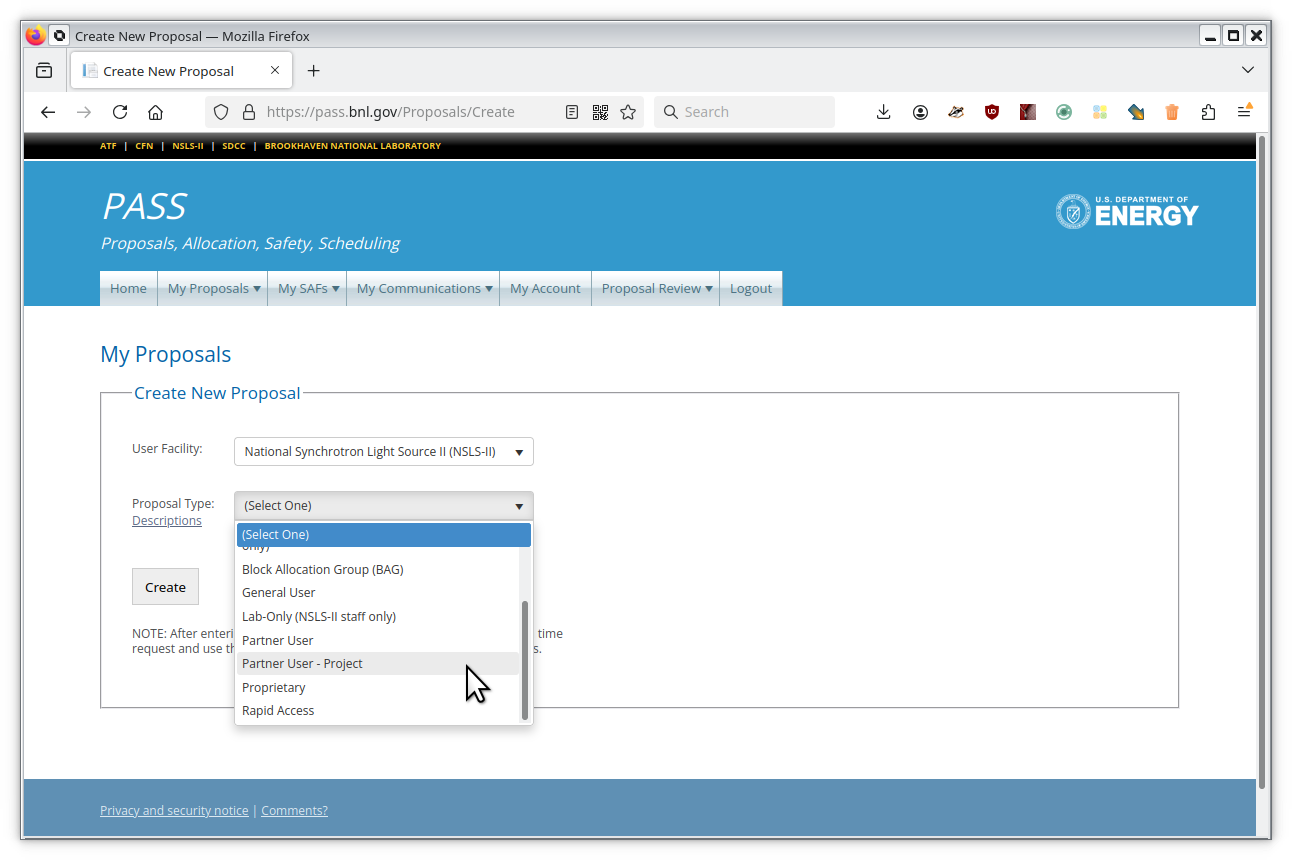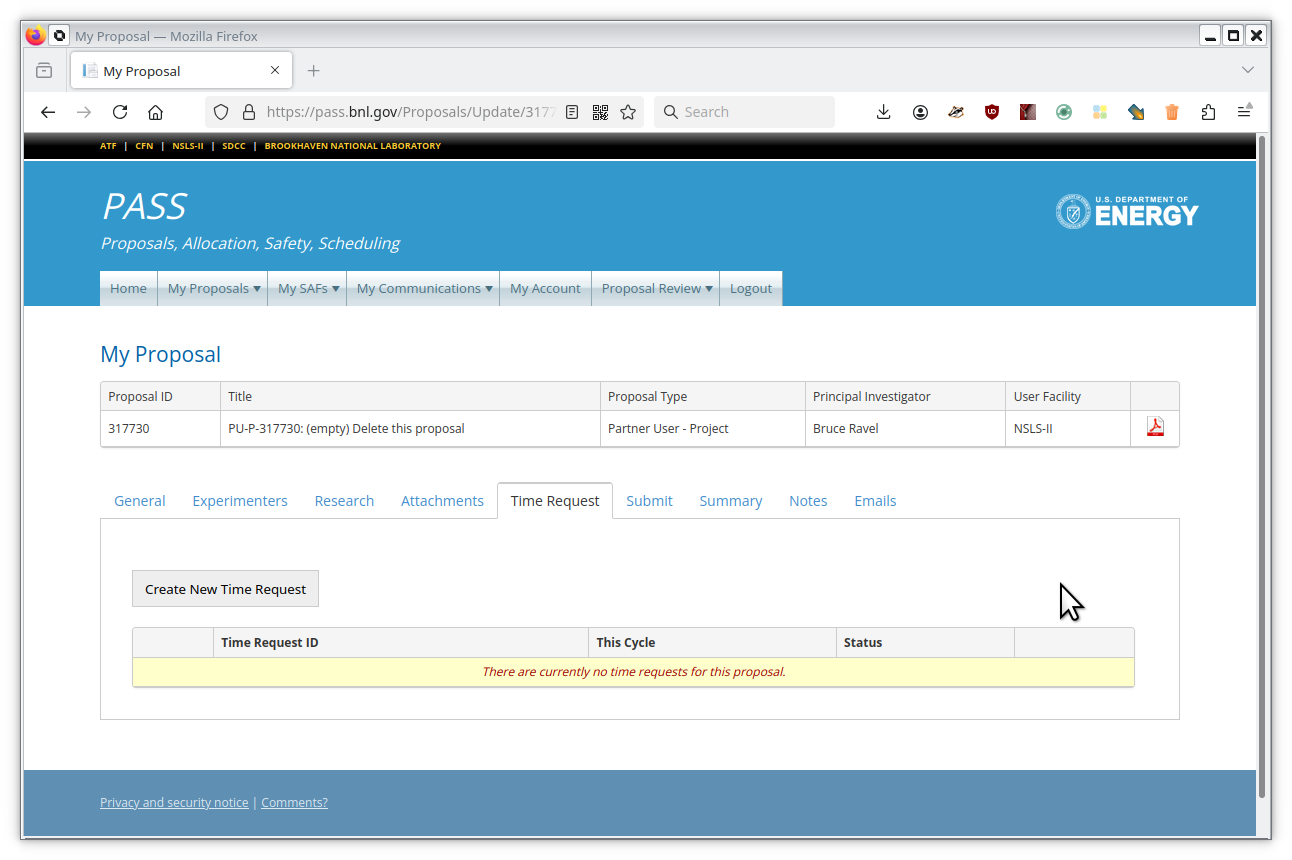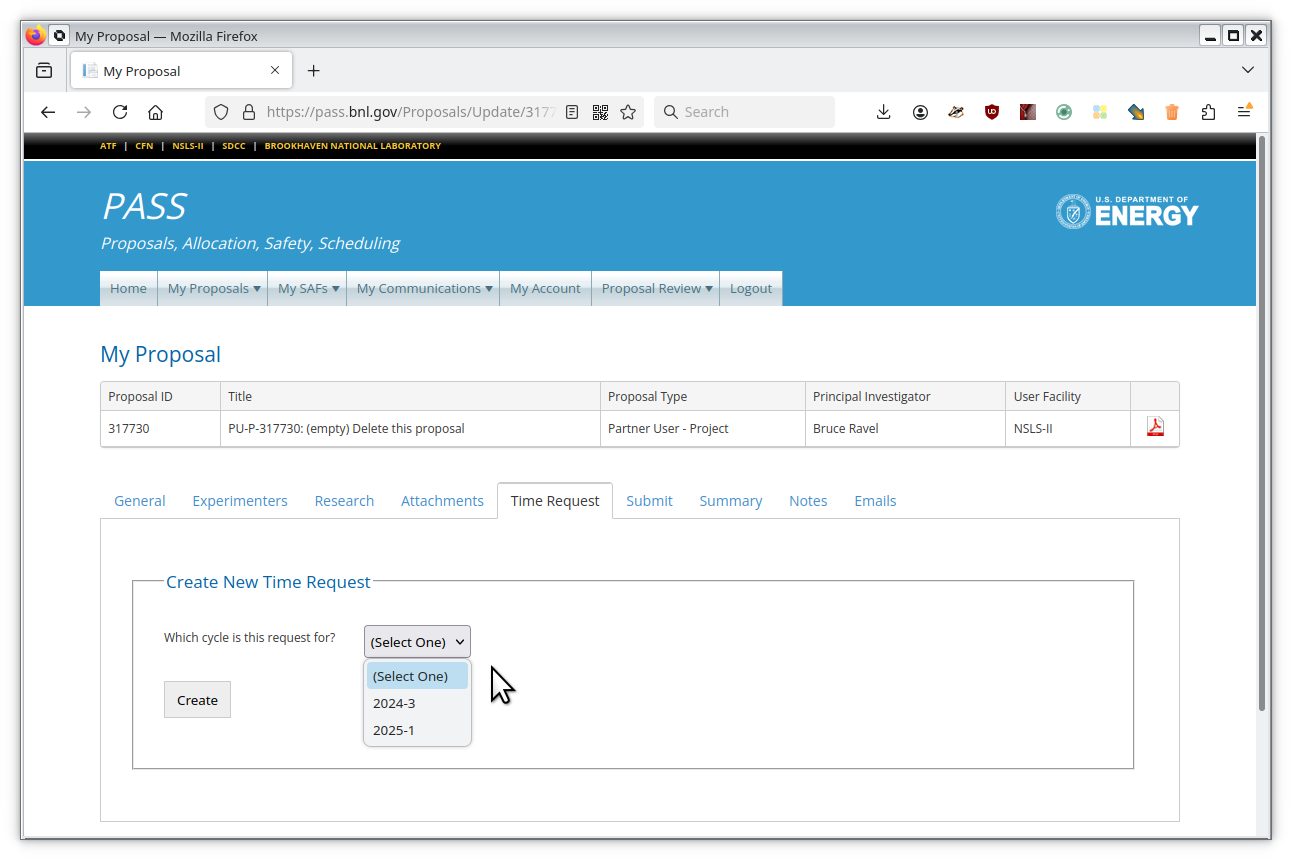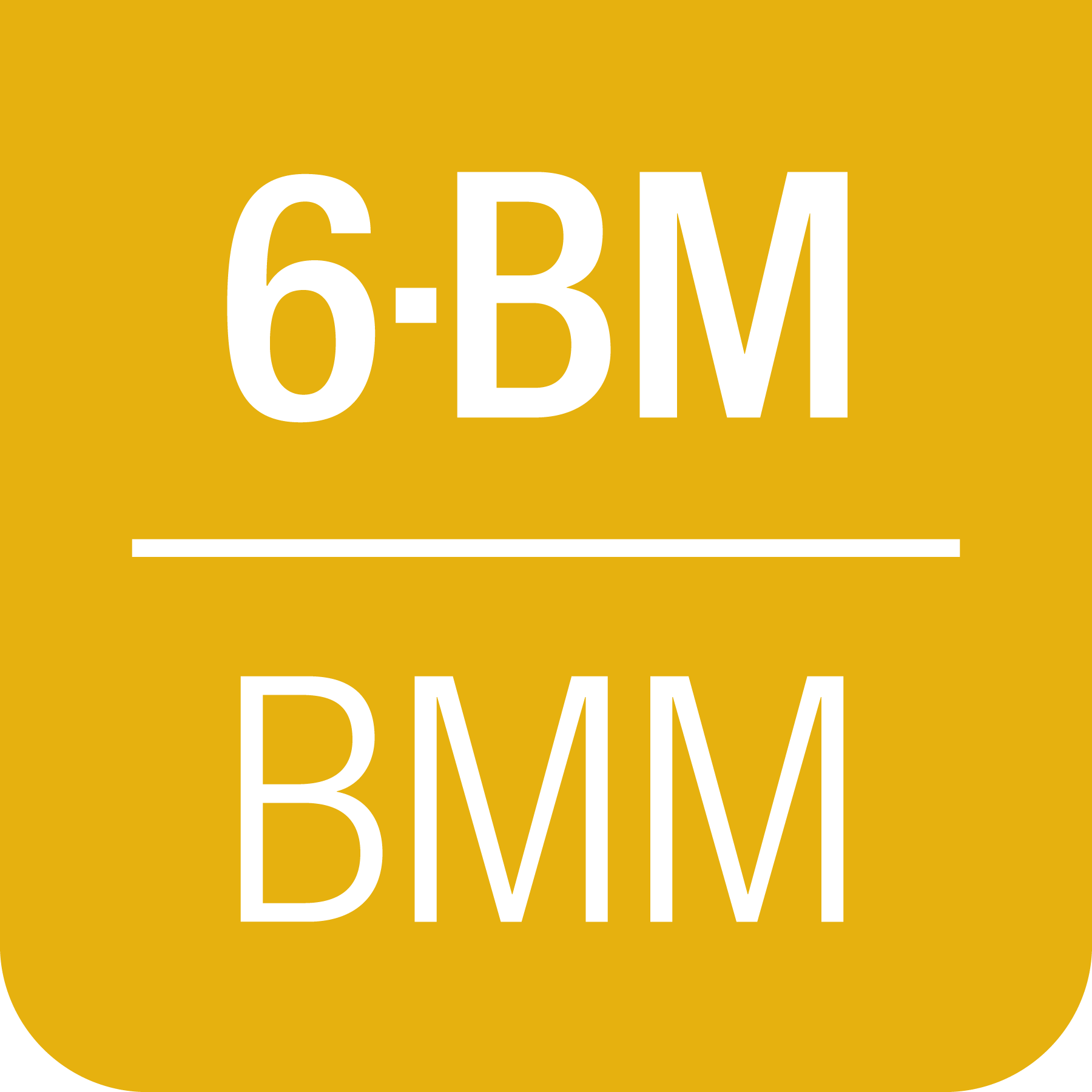2. Proposal Writing for BMM#
2.1. XAS Experiments#
Bruce Ravel (bravel@bnl.gov) supports XAS experiments at BMM. If you have any questions about the capabilities of the beamline for XAS experiments or questions about an XAS proposal, contact him.
When writing a proposal for beamtime, it is important to remember that you are justifying your need for beamtime. This, then, is of a different sort than a funding proposal. While justifying the importance of your science is certainly a part of the beamtime proposal, the main purpose is to tell the review panel and the beamline staff how you intend to use your beamtime effectively.
Explicitly state how many samples you intend to bring.
Explicitly state what the differences are between the samples.
If you will be measuring under in situ conditions – temperature, electrochemical potential, gas flow, or anything else – state what those conditions are.
If you are measuring a dopant, state the concentration of the dopant.
If you are measuring a low concentration sample – for example the amount of arsenic in a natural sample – provide an estimate of the concentration. Even better, do elemental analysis of an aliquot in the electron microscope or with ICP.
If you are measuring a thin film sample, state the substrate material, the thickness of the sample, and the areal dimensions of the sample.
If you have a matrix of sample conditions – for example a range of dopants, a range of absorption edges, and a range of annealing conditions – do the math. Tell the reader how many XAS measurements are required.
Make sensible estimates about your time requirements. Be prepared to prioritize your samples if you are unable to get the full time you request.
Ask questions early!
If you have any questions about beamline capabilities, measurement times, experimental feasibility, or any other issue pertinent to your beamtime proposal, contact the beamline staff well before the proposal deadline.
2.2. XRD Experiments#
Vesna Stanic (vstanic@bnl.gov) and Jean Jordan-Sweet (jlj@bnl.gov) support scattering experiments at BMM. If you have any questions about the capabilities of the beamline for scattering experiments or questions about a scattering proposal, contact them.
BMM is equipped with a 6-circle psi goniometer, a strip detector, a small area detector, and point detectors. This installation supports diffraction in the Bragg geometry and is optimized for reflectivity, pole figures, truncation rods, and other surface scattering measurements.
If you are looking for any scattering experiment in the Laue geometry, consider applying for time at QAS, PDF, or XPD.
To be very clear, pair distribution function analysis is not available at BMM. Any proposal requesting PDF analysis will be denied at feasibility review.
Ask questions early!
If you have any questions about beamline capabilities, measurement times, experimental feasibility, or any other issue pertinent to your beamtime proposal, contact the beamline staff well before the proposal deadline.
2.3. Multi-modal Experiments#
From time to time, users want to do both spectroscopy and scattering at BMM. NSLS-II allows a user to request multiple measurement types in a single proposal. This is called a “multi-modal” experiment.
However, asking for XAS and XRD in a single proposal at BMM is an edge-case for the NSLS-II multi-modal program.
It turns out that there is no way to request a multi-modal proposal where different measurement techniques are performed at the same beamline. Thus, there is no way to send both parts of the multi-modal proposal to the relevant proposal review panels.
As a result, if you wish to request both spectroscopy and scattering at BMM, you must write two proposals. That is the only way to route your work through the review system correctly.
Note
A proposal requesting both XAS and XRD at BMM will be denied at feasibility and a link to this web page with be given as the reason.
2.4. NIST Partner User Proposals#
Note
This section only applies to NIST employees visiting BMM.
If you are not a NIST employee registered in PASS with a nist.gov email address or a member of the Synchrotron Science Group with a duty station at BNL, do not submit a PU-P proposal. It will be deleted without further communication.
As of the 2024-2 cycle, NIST staff must use the new Partner User - Project proposal type. This new proposal type is necessary to accommodate the new data access and security policies (Section 4). Writing this proposal is a requirement. It is no longer possible to access the beamline via the main partner user proposal.
Happily, this proposal is mostly an administrative exercise. It will not be evaluated by the normal proposal review panel nor by anyone else. While it is necessary to document what you plan to do with your beamtime, the text fields do not have to be as complete as they would for a normally evaluated proposal.
When filling out your PU-P proposal, be sure to
List all experimenters on the “Experimenters” tab. This is required so that all the people that will need access to the data will get access.
Answer all the research screening questions on the “Research” tab. This is required to comply with DOE export control regulations.
Make a time request for the appropriate cycle on the “Time Request” tab. This is required so that the beamtime can be allocated.
As for the text fields on the “Research” tab, you cannot leave them blank. Briefly describing your experiment – a sentence or two – is adequate.
To start, go to https://pass.bnl.gov and authenticate yourself using your BNL password and DUO two-factor authentication. Once on the landing page, start a new proposal as shown in Figure 2.1.

Fig. 2.1 Getting started on a new proposal.#
When asked for the proposal type, select “Partner User - Project”, as shown in Figure 2.2.

Fig. 2.2 Getting started on a new proposal.#
To make a time request – either against your new proposal or against an existing PU-P proposal – go to the “Time Request” tab and click the “Create New Time Request” button, as shown in Figure 2.3.

Fig. 2.3 Making a beam time request.#
Next, select the cycle in which you will do the experiment, as shown in Figure 2.4. Then fill in the text fields with a sentence or two.

Fig. 2.4 Selecting the cycle for the beam time request.#
Any questions? Contact Bruce (bravel@bnl.gov).
